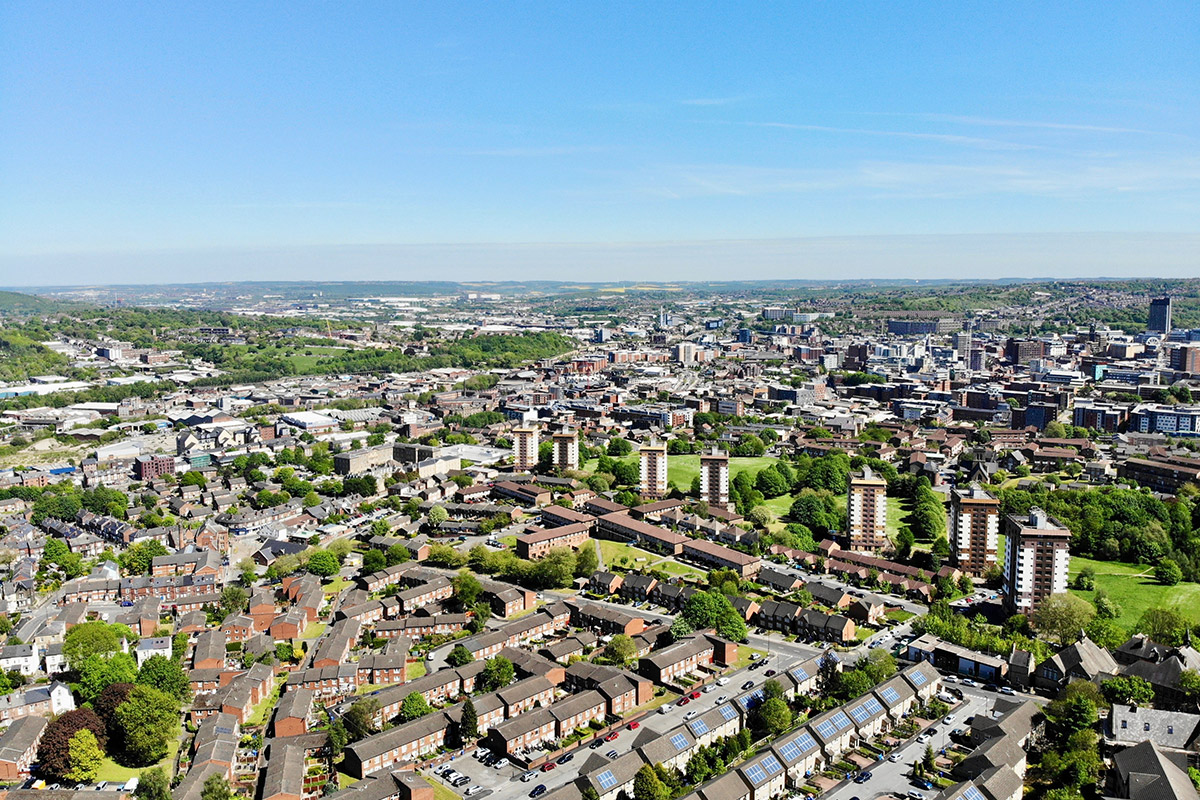Cities have evolved as centres of economic growth but are also responsible for high resource consumption and greenhouse gases emission. In the urban metabolism framework, cities are often described as open systems where the intake of resources is heavily dependent on flows imported from the external environment to sustain economic growth. This raises a key question: how much of the resource available in cities is effectively utilised? To investigate the effectiveness of urban resource use, an open system network effectiveness analysis (OSNEA) framework has been developed as a novel tool for urban sustainability assessment.
Having incorporated the techniques from material flow analysis, ecological flow analysis (ENA), input-output analysis, exergy analysis and extended-exergy analysis, this work has developed the effectiveness indicators as a set of novel metrics to evaluate the state of resource use in the network based on the differential in resource quantity and quality (exergy) between the cross-boundary inflows and outflows of the system. OSNEA promotes strategic resource management and transition to circular economy by enabling greater understanding of the sectoral interdependencies within the economy based on their supplies and demands to facilitate flow redirection to where the resources can be utilised effectively.
The goal is to provide pathways for retaining and circulating resources in flow cycles for as long as possible to promote higher utilisation rate and reduce the demand for new material extraction, driving national and urban development towards the Sustainable Development Goals for Sustainable Cities and Communities (SDG 11) and Responsible Consumption and Production (SDG 12).
PhD Candidate: Ling Min Tan
Supervisory Team: Martin Mayfield-Tulip, Danielle Densley Tingley, Paul Brockway
Project Status: Ongoing
Project Start Date: 1st October 2016
Keywords: Urban metabolism, exergy analysis, ecological network analysis, sustainable development

